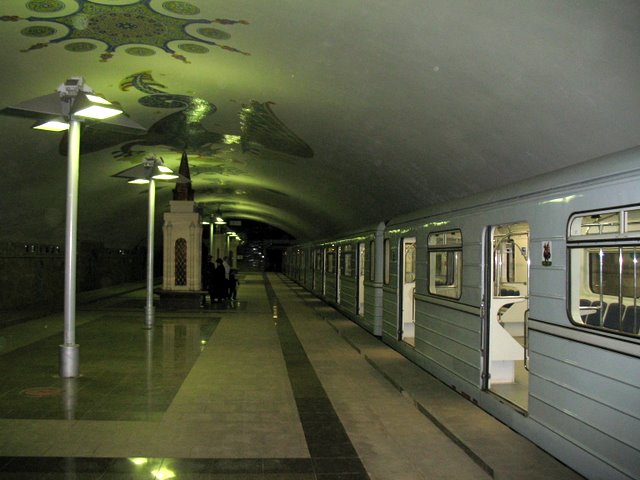Taoist ex-votos as indicators of Chinese popular concerns.
One of the sights of Beijing is the curious Dongyue Taoist temple, just outside the ruins of the Ming wall. Around a large courtyard are twenty or so chapels, representing “departments” of the pantheon. Unlike Dante’s afterlife, which like feudal society had very low administrative overheads - a handful of judges, clerks, and executioners - this folk Taoist cosmology was build on the analogy of the massive Chinese imperial bureaucracy. So you have a full array of offices for health, wandering ghosts, inflicting painful death, reincarnation, and so on, each presided over by two divine judges, with realistic and sometimes grisly statues exhibiting the relevant human destinies.
The mandate of the judges seems to extend to intervention in this life as well as the next. So believers hang red prayer tablets on the railings in front of each department. Because these are anonymous, standardised, and presumably cost something, the relative number of ex-votos provides an unusual insight into the current values and concerns of ordinary Chinese.
The reddest railings were, as you would expect, those for justified prosperity and health. The more metaphysical departments - reincarnation, wandering ghosts, hell - were neglected. Only three were in a sense political. The environment scored a few prayers; a harbinger of a greener sensibility, one hopes. The department for redistributing unjustly acquired wealth was ignored - there seems little envy of nouveaux riches. But the department for punishing corrupt officials was awash in red. It’s not enrichment as such, but insider enrichment that worries the people. The Chinese leadership hasn’t got a free pass.
